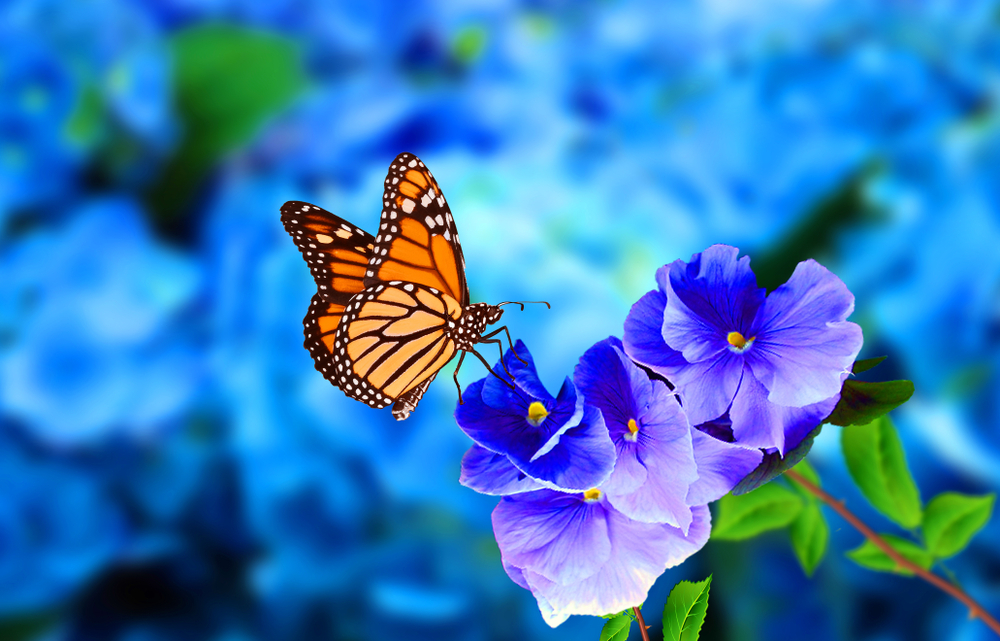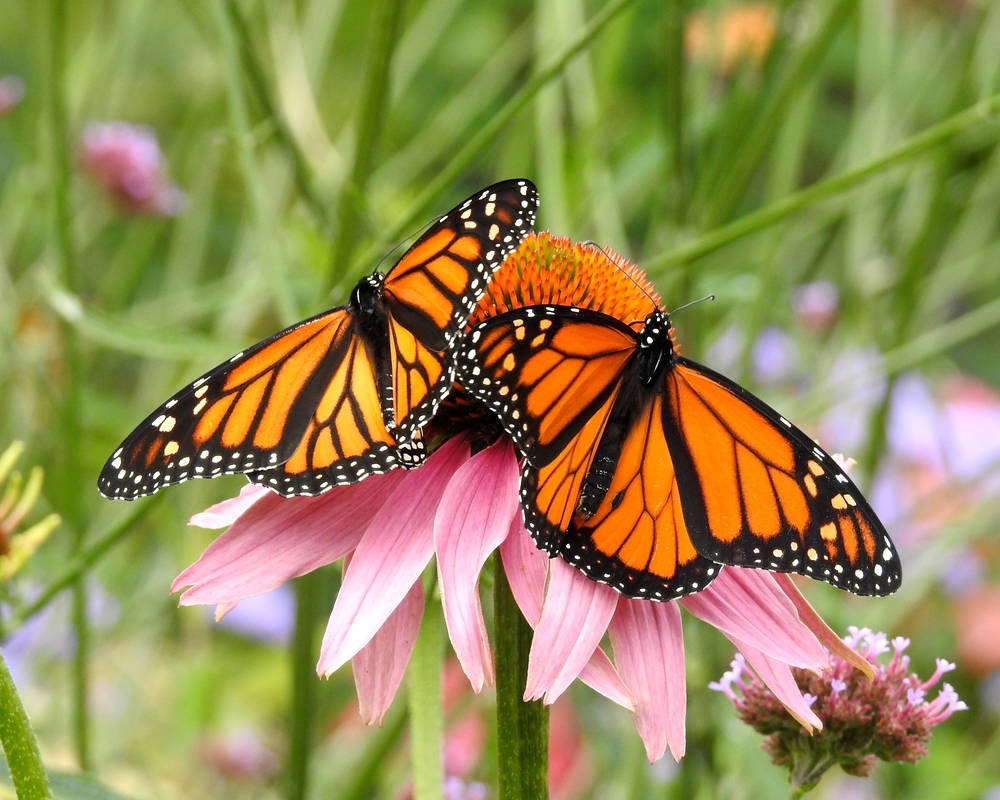The monarch population has plummeted in recent years but they are making a big comeback in California.
The presence of these beautiful creatures is a good indicator of ecosystem health and this November a beautiful and welcoming sight occurred as more than 20,000 of the western monarch butterflies gathered at Pismo Beach, California. The vibrant insect population migrated thousands of miles west for the winter.

What Happened to the Butterflies?
Last year, it was a much different story. Less than 200 monarch butterflies arrived at the site and less than 2,000 were counted across the California coast! These numbers are an all-time low and caused great alarm. In fact, the largest monarch site in the U.S. — the Pacific Grove Monarch Sanctuary — didn’t see a single butterfly in 2020.
Those numbers are in stark contrast to the tens of thousands that have been tallied in recent years. In the 1980s, numbers tallied in the millions from Northern California’s Mendocino County to Baja California, Mexico.
In 2018, the population number dropped from several hundred thousand to about 30,000 — a huge drop. In 2019, that number remained under 30,000.
Unfortunately, the species has been struggling to adapt to harmful pesticide use, habitat loss, and the effects of climate change across the western U.S. The 2020 wildfires haven’t helped, either.
It’s important to note that the monarch butterfly population delayed its usual migration last year due to the winter heatwave. The one good thing is that this may have caused increased mating.
The Annual Migration
There’s still a lot of mystery regarding the western monarchs and their amazing annual migration. Monarchs from across the west and as far off as the Rocky mountains migrate annually to about 500 wintering sites spread out in central California’s Pacific coast. Remarkably, each generation of butterflies often returns to the same groves each year, sometimes even to a particular tree, without ever having been there before.
The insects gather for a big rest as far north as Bolinas and as far south as San Diego. Although they don’t hibernate, they use this time to lay low and conserve their energy.
On their journey to their migration destination, the insects will stop to feast on nectar. When they arrive on the coast, they are full from that feast and they’ll spend most of their days clinging to trees. At times, the winged beauties will leave their resting spots on the trees to flutter about in bursts that decorate the air.
The Pacific Grove Monarch Sanctuary is a city-owned site that is 70 miles south of San Francisco and it has worked for years to help improve the declining population of monarchs. The city is known as “Butterfly Town, USA” and it celebrates the orange and black butterfly with a parade every October.
A Substantial Comeback
The official annual monarch butterfly count takes place around Thanksgiving every year and this year it started this past Saturday. It will last three weeks and early tallies by researchers and volunteers are showing the monarchs may be thriving once again across all of California. The unofficial count so far is over 50,000 monarchs from multiple sites.
Although these numbers don’t indicate a full recovery, it is enough to keep experts optimistic and hopeful to work towards one. They are still very concerned about the overall decrease in recent decades.
Some experts fear the monarchs are facing extinction, although researchers such as David James from the Washington State University believe the insects are more adaptable than they’re given credit for.
The Xerces Society has been encouraging California residents in certain regions to grow native milkweed that butterflies feed on. This plant is vital to the monarch butterfly’s existence and provides a place for them to lay eggs and food for their baby caterpillars.

At Karmagawa and SaveTheReef we love that there is a big rebound in population for this beautiful species. It’s important to remember that their recovery isn’t over for them yet and that there’s still a long way to go for us humans. We must act more responsibly so that these fascinating insects have a chance. We have to do better for our environment and all its living inhabitants.
Do you want to know what is going on around the world in regards to the environment and its beautiful animals? Please follow us on Twitter and Instagram and we’ll keep sending you more updates about animals and the environment from around the world. Share our information with your friends and family so that they stay aware, as well.
Do you have stories that you want to expose through video? If so, movies are a powerful way to get your message out.
Our friend and pro filmmaker Amir Zakeri created an online class for us to help the community learn how to create their own movies and documentaries — here’s 50% off.
You’ll be helping important causes, so don’t hesitate. Get started now.
What do you think about the population recovery of the monarch butterfly? What can we do to make sure its recovery continues? Leave a comment below.
Cover image: Dotted Yeti/Shutterstock

